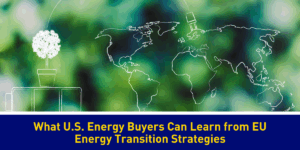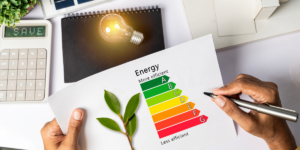Did you know that an average household dedicates about 5% of its energy budget to lighting? Energy.gov offers an abundance of energy saving tips when it comes to choosing the right light bulbs.
Try Energy Saving Incandescent Bulbs
Halogen incandescent have a capsule inside that holds gas around a filament to increase bulb efficiency. They are available in a wide range of shapes and colors, and they can be used with dimmers. Halogen incandescent bulbs meet the federal minimum energy efficiency standard, but there are now many more efficient options to meet your lighting needs.
Benefits of LED’s
Light Emitting Diodes are a type of solid-state lighting — semiconductors that convert electricity into light. Although once known mainly for indicator and traffic lights, LEDs in white light, general illumination applications are one of today’s most energy-efficient and rapidly-developing technologies. ENERGY STAR®-qualified LEDs use 70 – 90% less energy and last up to 25 times longer than the traditional incandescent bulbs they replace. LEDs use 25% – 30% of the energy and last 8 to 25 times longer than halogen incandescent.
Upgrade Your CFL’s
Compact Fluorescent Lamps (CFL) are curly versions of the long tube fluorescent lights you may already have in a kitchen or garage. Because they use less electricity than traditional incandescent bulbs, typical CFLs can pay for themselves in less than nine months, and then start saving you money each month.
An ENERGY STAR®-qualified CFL uses about one-fourth the energy and lasts ten times longer than a comparable traditional incandescent bulb that puts out the same amount of light. A typical CFL can pay for itself in energy savings in less than 9 months and continue to save you money each month. A CFL uses about one-third the energy of a halogen incandescent.
For more energy saving tips, contact us today at www.brilliantsourceenergy.com.







